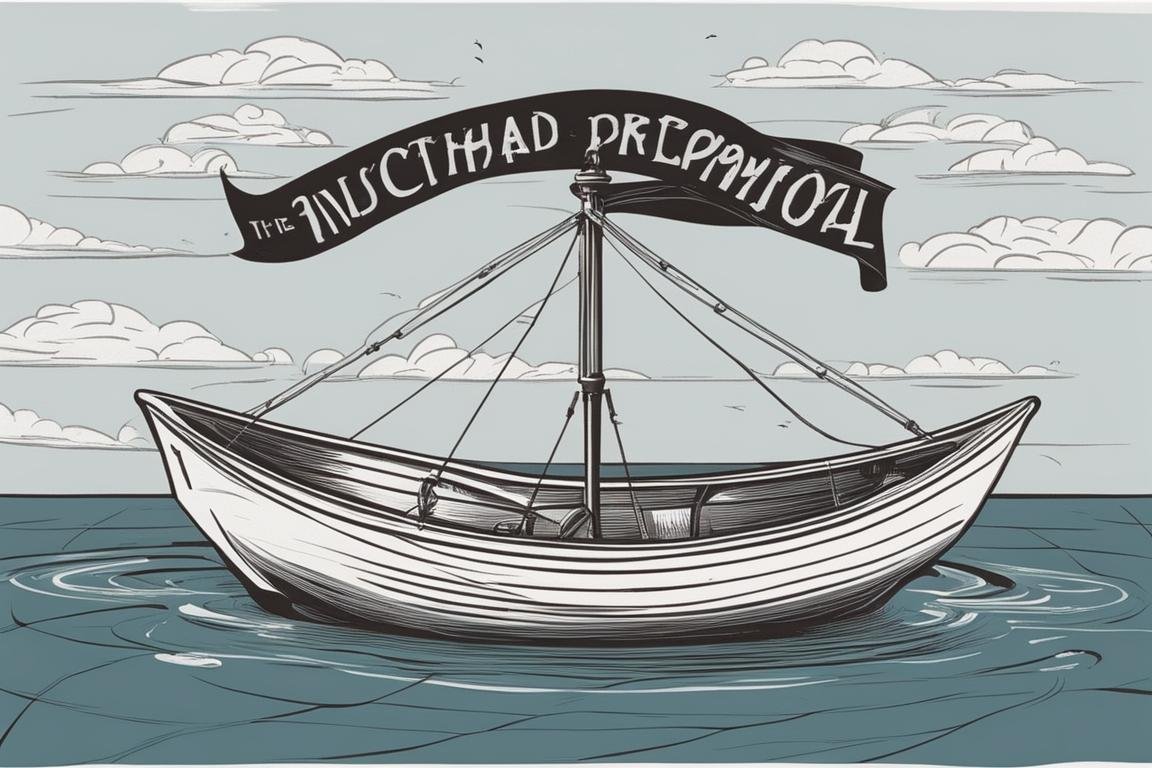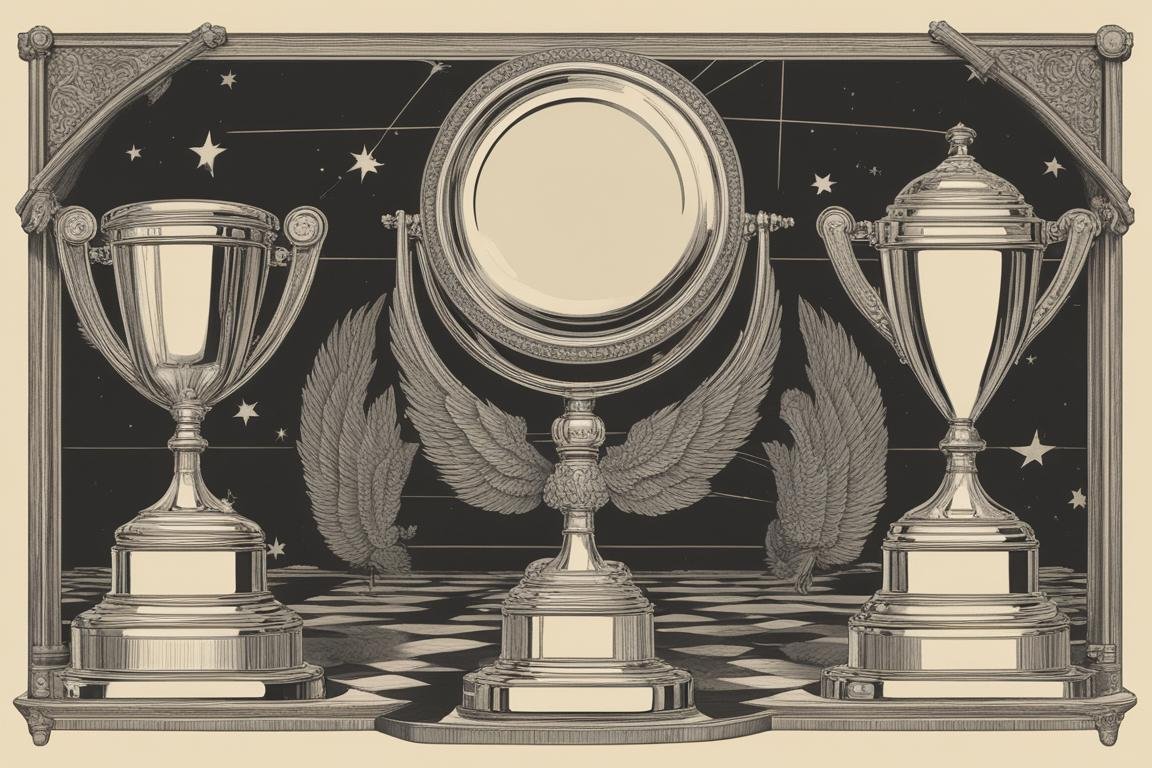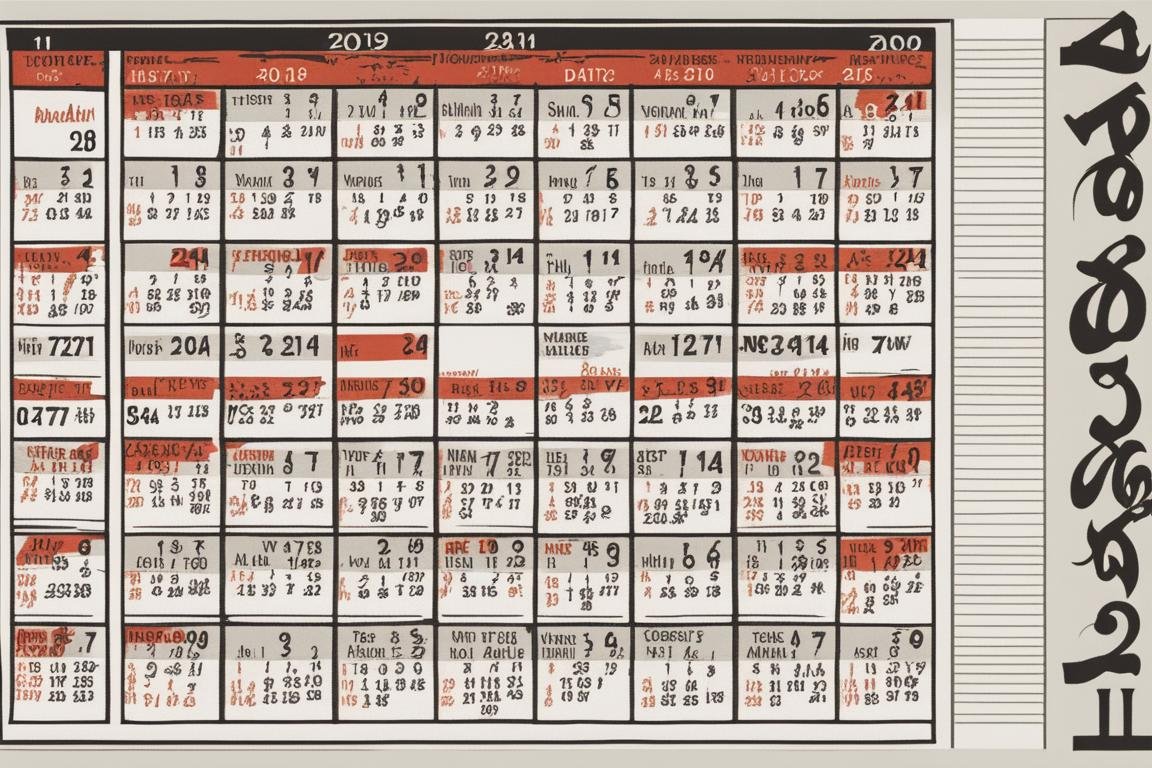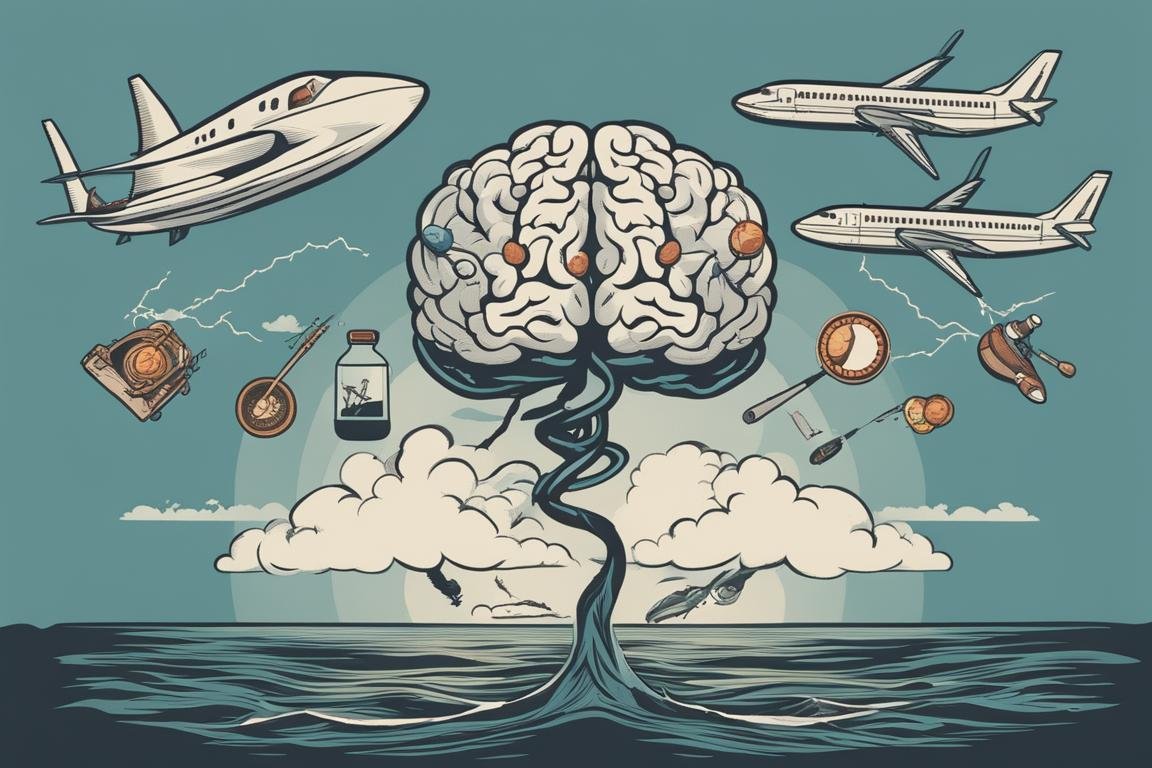10 Types of Cognitive Bias That Distort Your Thinking
Ever wonder why two people can look at the same situation and come away with entirely different interpretations? It’s not just a matter of opinionit’s cognitive bias at work. Understanding our biases is crucial, especially in a world where decisions are influenced by everything from the media we consume to the conversations we have. In this article, we’ll explore 10 common types of cognitive bias that shape our perceptions and decisions, often without us even realizing it.
Learn About Cognitive Bias
- What cognitive bias is and its importance in understanding human behavior.
- Common types of cognitive bias and how they affect decision-making.
- Strategies to overcome cognitive bias in thinking.
What is cognitive bias?
Cognitive bias is essentially a glitch in our thinkinga systematic error that deviates from rationality in judgment. These biases are the brain’s way of simplifying information processing, but they often lead to perceptual distortion, inaccurate judgment, illogical interpretation, or what is broadly called irrationality. They are the blind spots of our thinking, and recognizing them is the first step toward clearer, more objective decision making.
10 common types of cognitive bias
1. Confirmation bias

Confirmation bias is the tendency to search for, interpret, favor, and recall information in a way that confirms one’s preexisting beliefs or hypotheses. It’s like having blinders on that filter out any information that contradicts what we already think or want to believe. For example, if you firmly believe that supernatural phenomena exist, you’re more likely to notice and give weight to stories and evidence that support this belief, while disregarding skeptical or rational explanations.
2. Anchoring bias

When making decisions, anchoring bias refers to the tendency to rely too heavily on the first piece of information we encounter. If, for instance, you’re told that a haunted house is over 200 years old before you visit, that piece of information may disproportionately influence how haunted you perceive the house to be, regardless of the actual evidence you encounter.
3. Hindsight bias

Hindsight bias is the “I knew it all along” phenomenon. After an event occurs, it seems obvious or inevitable in hindsight, even though it couldn’t have been accurately predicted. This bias can lead us to believe we understand the past, which in turn skews our perception of cause and effect and our ability to learn from history.
4. Self-serving bias

Self-serving bias is our tendency to attribute positive events to our own character but attribute negative events to external factors. It’s why a student might attribute passing a test to their own intelligence and hard work but failing a test to the exam’s difficulty or unfair questions.
5. Clustering illusion

The clustering illusion is the bias of seeing patterns in random events. It is particularly relevant in the realm of the supernatural, where people might perceive patterns or meaningful coincidences in wholly random or unrelated events, such as seeing faces in clouds or believing in the significance of certain numbers.
6. Recency effect

Recency effect refers to the tendency to remember the latest information better than information that was received earlier. If you’ve recently read a persuasive article arguing for the existence of ghosts, that information might disproportionately impact your beliefs, simply because it’s fresher in your memory.
7. Availability heuristic

The availability heuristic is a mental shortcut that relies on immediate examples that come to a person’s mind when evaluating a specific topic, concept, method, or decision. For instance, after watching a vivid TV program about ghost sightings, people might overestimate the frequency of these sightings because the examples are readily available in their minds.
8. Ostrich effect

The ostrich effect is the decision to ignore dangerous or negative information by “burying” one’s head in the sand, like an ostrich. It’s seen when people avoid learning about potential risks or threats, which can be particularly harmful in situations requiring informed decision-making.
9. Normalcy bias

Normalcy bias is the refusal to plan for, or react to, a disaster which has never happened before. It leads people to underestimate both the possibility of a disaster occurring and its possible effects. This bias can cause people to inadequately prepare for natural disasters, pandemics, or even personal crises.
10. Dunning-Kruger effect
The Dunning-Kruger effect is a cognitive bias in which people with limited knowledge or competence in a domain greatly overestimate their own ability. This effect explains why novices might be overly confident in their supernatural beliefs or experiences, while experts, who understand the complexities of the phenomena, are more measured in their judgments.
How to overcome cognitive bias
Overcoming cognitive bias starts with awareness. By understanding these biases, we can begin to question our judgments and decisions, seeking out additional information and alternative viewpoints. Critical thinking, open-mindedness, and the willingness to be proven wrong are key. Cultivating these qualities can help us navigate our biases and approach both the mundane and the supernatural with a clearer, more rational perspective.
Key takeaways
Cognitive biases shape our perception of the world in profound ways, influencing everything from our beliefs in the supernatural to our everyday decisions. While it’s impossible to eliminate these biases entirely, awareness and effort can help us mitigate their effects, leading to more rational thinking and better decision making. In a world rife with misinformation and polarized opinions, understanding the role of cognitive bias in shaping our views is more important than ever.
By scrutinizing our thought processes and challenging our preconceptions, we can strive for a clearer understanding of the world around us, supernatural or not. It’s a journey that requires patience, humility, and a commitment to self-improvement, but it’s one worth taking for anyone interested in the truth.
For further exploration of cognitive biases and how they influence our thinking, visit our sitemap.
Questions & Answers
Q.Why should we understand our biases when studying the physics of the supernatural?
A.Recognizing biases helps us approach the supernatural with objectivity and open-mindedness.
Q.How can our biases impact our understanding of the physics of the supernatural?
A.Biases can lead to misconceptions, hindering our ability to grasp the true nature of supernatural phenomena.
Q.Who benefits from acknowledging and addressing biases in the study of supernatural physics?
A.Both scientists and enthusiasts benefit from a more accurate and comprehensive understanding.
Q.What steps can we take to mitigate biases in exploring the physics of the supernatural?
A.We can engage in critical self-reflection and seek diverse perspectives to counteract biases.
Q.How can one argue that biases are irrelevant in the study of supernatural physics?
A.Some may argue that biases can cloud judgment and prevent a truly objective examination of phenomena.







